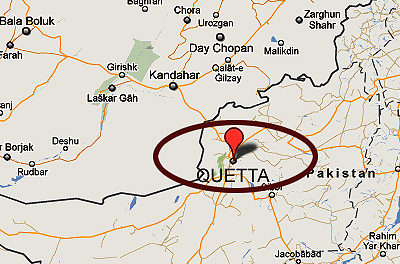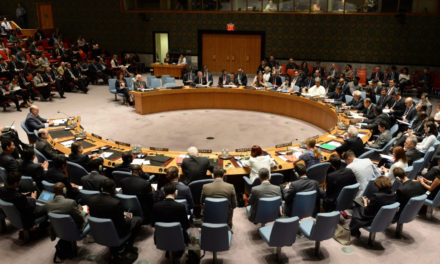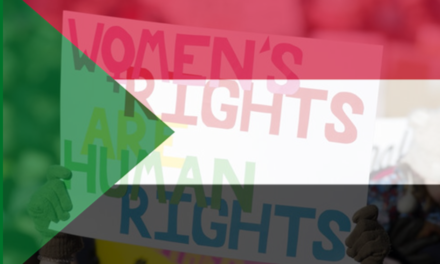- It is estimated that 35 per cent of women worldwide have experienced either physical and/or sexual intimate partner violence or sexual violence by a non-partner at some point in their lives. However, some national studies show that up to 70 per cent of women have experienced physical and/or sexual violence from an intimate partner in their lifetime [1].
- Women who have been physically or sexually abused by their partners are more than twice as likely to have an abortion, almost twice as likely to experience depression, and in some regions, 1.5 times more likely to acquire HIV, as compared to women who have not experienced partner violence [2].
- Although little data is available—and great variation in how psychological violence is measured across countries and cultures—existing evidence shows high prevalence rates. Forty-three per cent of women in the 28 European Union Member States have experienced some form of psychological violence by an intimate partner in their lifetime [3].
- It is estimated that of all women who were the victims of homicide globally in 2012, almost half were killed by intimate partners or family members, compared to less than six per cent of men killed in the same year [4].
- In 2012, a study conducted in New Delhi found that 92 per cent of women reported having experienced some form of sexual violence in public spaces in their lifetime, and 88 per cent of women reported having experienced some form of verbal sexual harassment (including unwelcome comments of a sexual nature, whistling, leering or making obscene gestures) in their lifetime [5].
- Worldwide, more than 700 million women alive today were married as children (below 18 years of age). Of those women, more than 1 in 3—or some 250 million—were married before 15. Child brides are often unable to effectively negotiate safe sex, leaving them vulnerable to early pregnancy as well as sexually transmitted infections, including HIV [6].
- Around 120 million girls worldwide (slightly more than 1 in 10) have experienced forced intercourse or other forced sexual acts at some point in their lives. By far the most common perpetrators of sexual violence against girls are current or former husbands, partners or boyfriends [7].
- At least 200 million women and girls alive today have undergone female genital mutilation/cutting in 30 countries, according to new estimates published on the United Nations’ International Day of Zero Tolerance for Female Genital Mutilation in 2016. In most of these countries, the majority of girls were cut before age 5. [8].
- Adult women account for almost half of all human trafficking victims detected globally. Women and girls together account for about 70 per cent, with girls representing two out of every three child trafficking victims [9].
- One in 10 women in the European Union report having experienced cyber-harassment since the age of 15 (including having received unwanted, offensive sexually explicit emails or SMS messages, or offensive, inappropriate advances on social networking sites). The risk is highest among young women between 18 and 29 years of age [10].
- An estimated 246 million girls and boys experience school-related violence every year and one in four girls say that they never feel comfortable using school latrines, according to a survey on youth conducted across four regions. The extent and forms of school-related violence that girls and boys experience differ, but evidence suggests that girls are at greater risk of sexual violence, harassment and exploitation. In addition to the resulting adverse psychological, sexual and reproductive health consequences, school-related gender-based violence is a major obstacle to universal schooling and the right to education for girls [11].
Notes
[1] World Health Organization, Department of Reproductive Health and Research, London School of Hygiene and Tropical Medicine, South African Medical Research Council (2013). Global and regional estimates of violence against women: prevalence and health effects of intimate partner violence and non-partner sexual violence, p.2. For individual country information, see The World’s Women 2015, Trends and Statistics, Chapter 6, Violence against Women, United Nations Department of Economic and Social Affairs, 2015.
[2] Ibid.
[3] European Union Agency for Fundamental Rights (2014). Violence against women: an EU-wide survey, p. 71.
[4] United Nations Office on Drugs and Crime (2014). Global Study on Homicide 2013, p. 14.
[5] UN Women (2013). Safe Cities Global Initiative Brief.
[6] UNICEF (2014). Ending Child Marriage: Progress and Prospects, p. 2, 4.
[7] UNICEF (2014). Hidden in Plain Sight: A Statistical Analysis of Violence against Children, p. 167.
[8] UNICEF (2016). Female Genital Mutilation/Cutting: A global concern
[9] UNODC (2014). Global Report on Trafficking in Persons, p. 5, 11.
[10] See European Union Agency for Fundamental Rights (2014). Violence against women: an EU-wide survey, p. 104.
[11] Data taken from (i) Education for All Global Monitoring Report (EFA GMR), UNESCO, United Nations Girls’ Education Initiative (UNGEI) (2015). School-related gender-based violence is preventing the achievement of quality education for all, Policy Paper 17, and (ii) UNGEI (2014). End School-related gender-based violence (SRGBVB) infographic.













